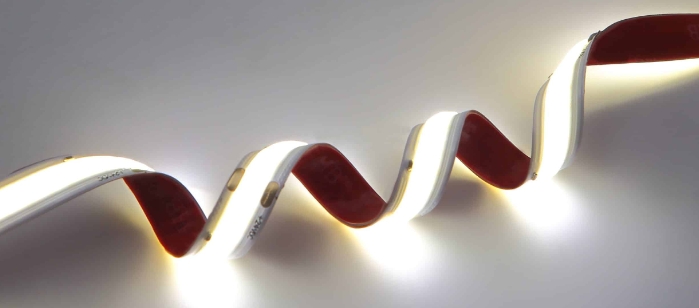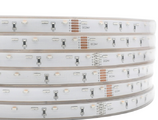How Sustainable Are the Practices of LED Strip Light Manufacturers?
Sustainability is becoming an essential component in the manufacturing sector, and LED Strip Light manufacturers are at the forefront of this movement. These manufacturers are increasingly adopting green practices to reduce environmental impact and meet consumer expectations for eco-friendly products. Here, we explore the range of sustainable practices being implemented in the industry and the impact these practices have on the environment and business efficiency.
Use of Eco-Friendly Materials
Many LED strip light manufacturers are shifting towards more sustainable materials. This includes the use of recyclable aluminum for heat sinks, lead-free solders, and PVC-free plastics. Some manufacturers have gone further by introducing biodegradable or recyclable packaging to reduce waste.
Fact Check: A significant manufacturer in Europe reported that switching to recyclable packaging materials helped them reduce waste by up to 30% annually.
Energy-Efficient Production
Energy consumption in manufacturing processes is a major concern. Top manufacturers are now implementing energy-efficient technologies in their production lines. This includes the use of solar energy to power facilities and the adoption of automated systems that optimize energy use.
Energy Reduction Data: One of the leading manufacturers in Asia has reduced its energy consumption by 25% since installing solar panels at its production plant five years ago.
Waste Reduction and Recycling Programs
Waste management is a critical aspect of sustainable manufacturing. Efficient LED strip light manufacturers are implementing zero-waste policies by recycling excess materials and defective products. Many also participate in take-back schemes where used LED strip lights are recycled, preventing them from ending up in landfills.
Impact Metric: Through its take-back program, a manufacturer in the United States recycles approximately 1,000 tons of LED waste per year.

Reducing Carbon Footprint
Manufacturers are also focusing on reducing their carbon footprint throughout the supply chain. This includes optimizing logistics to reduce travel distances and emissions, as well as selecting suppliers who also follow sustainable practices.
Carbon Reduction Initiative: A company based in North America has achieved a 20% reduction in carbon emissions over the past three years by optimizing their supply chain and reducing air freight.
Commitment to Environmental Certifications
Adhering to international environmental standards is another way manufacturers demonstrate their commitment to sustainability. Certifications such as RoHS (Restriction of Hazardous Substances), REACH (Registration, Evaluation, Authorisation and Restriction of Chemicals), and ISO 14001 for environmental management are commonly pursued.
Certification Example: Over 75% of top LED strip light manufacturers have achieved ISO 14001 certification, reinforcing their commitment to environmental management.
Enhancing Product Lifespan and Efficiency
Improving the efficiency and lifespan of LED strips significantly contributes to sustainability. Products designed to last longer reduce the frequency of replacements, thereby minimizing waste. Additionally, increased energy efficiency translates to lower energy consumption during usage.
Efficiency Stats: Modern LED strips now have an average lifespan of up to 50,000 hours with energy efficiencies exceeding 120 lumens per watt.
In conclusion, the sustainability practices of LED strip light manufacturers are robust and continually improving. These efforts not only help protect the environment but also enhance the manufacturers' reputations and efficiency, ultimately benefiting consumers and businesses alike. As sustainability becomes an even greater priority in the global marketplace, the LED lighting industry stands out as a leader in adopting eco-friendly practices.





